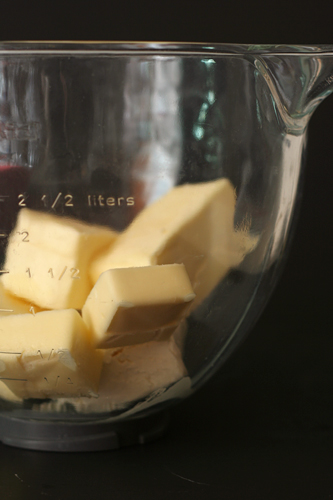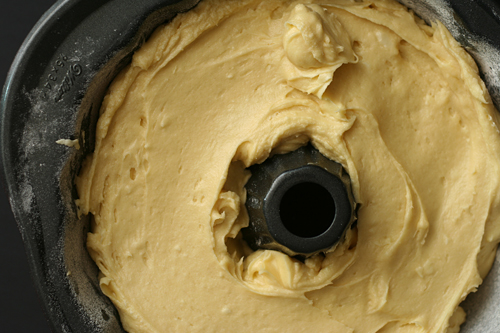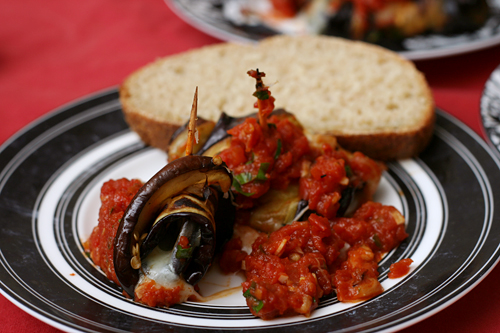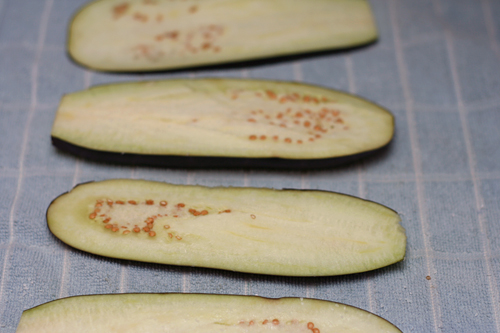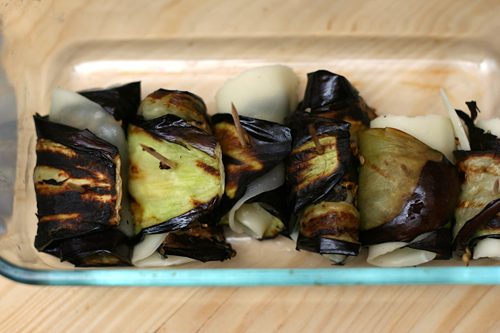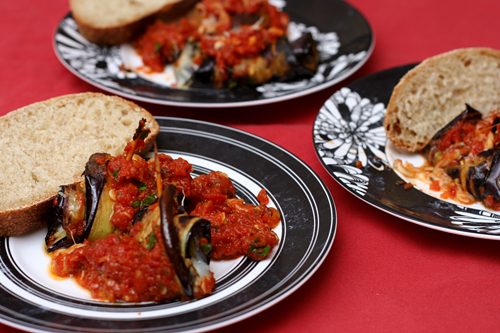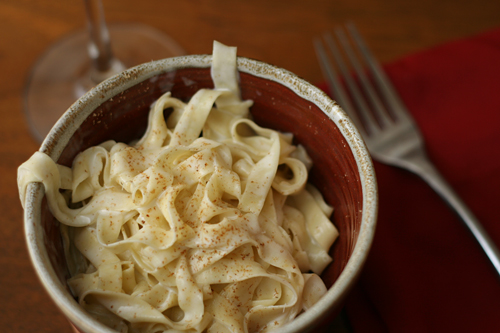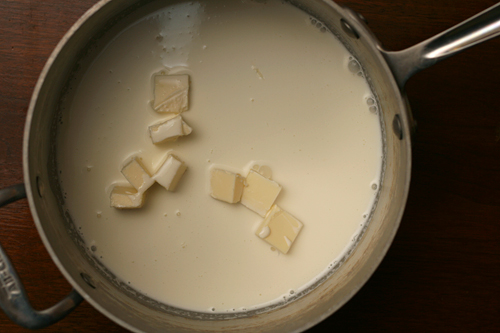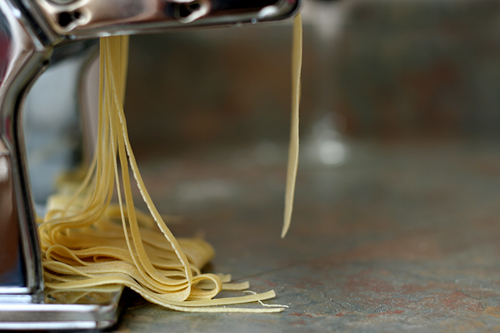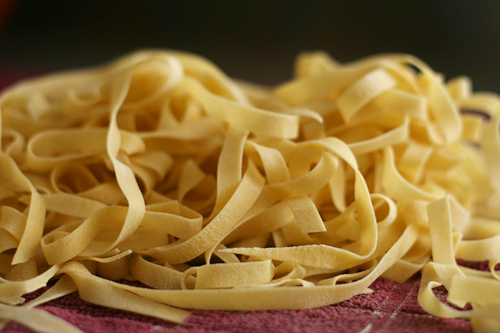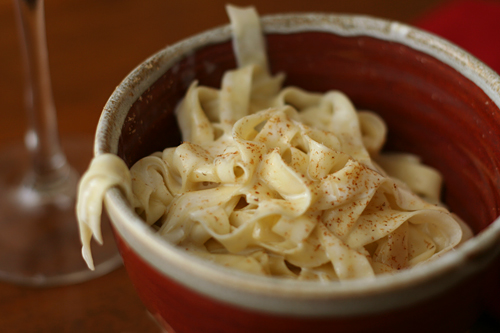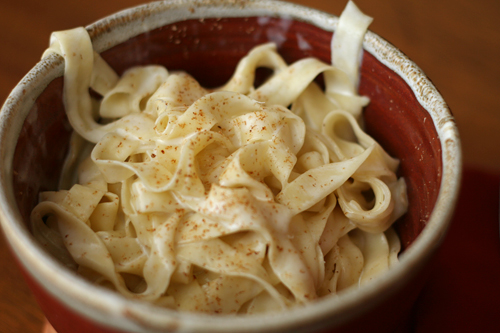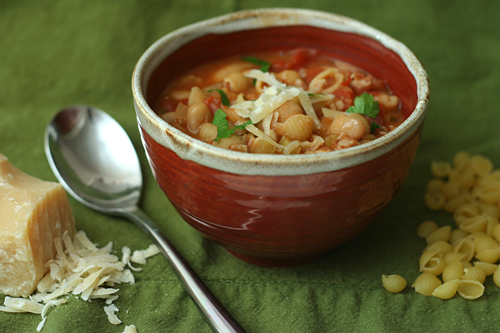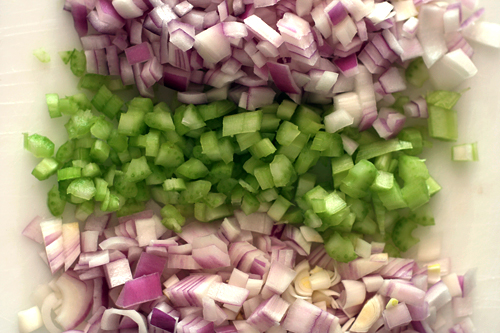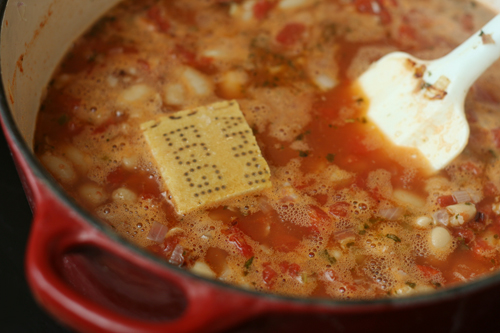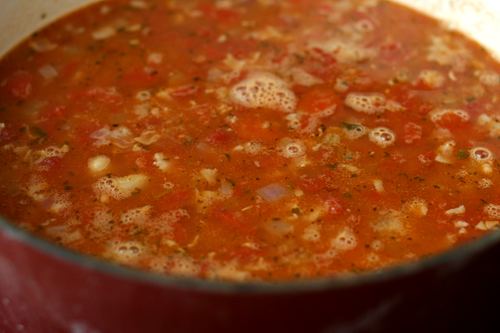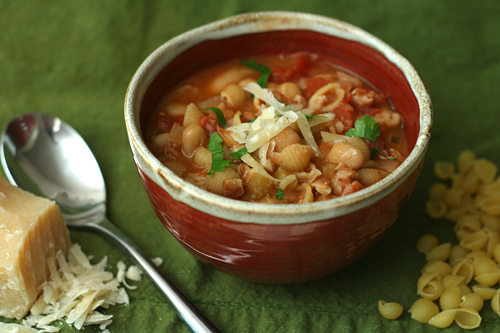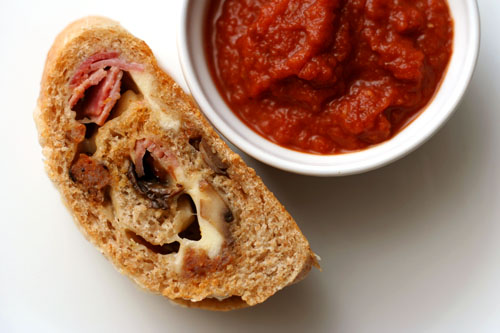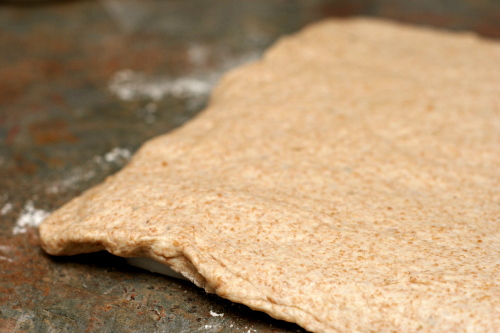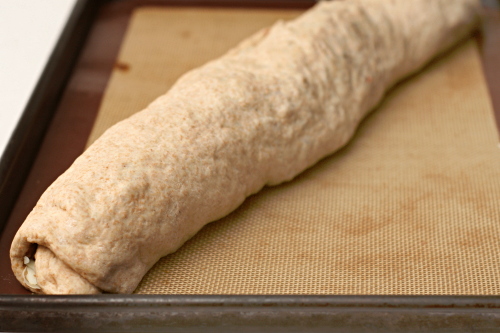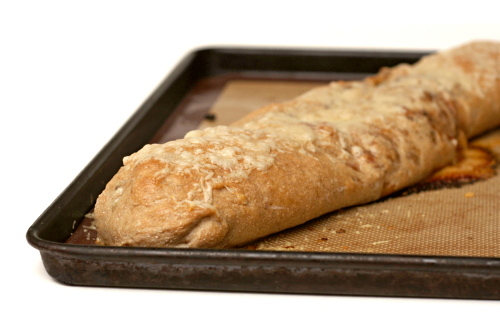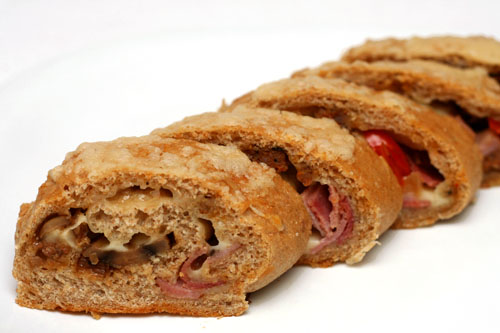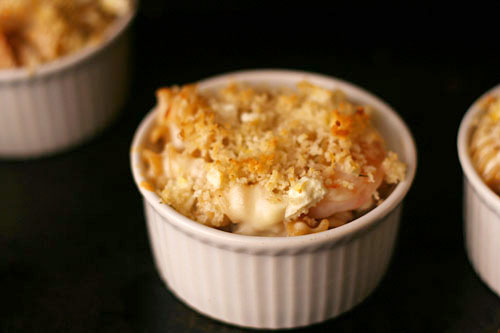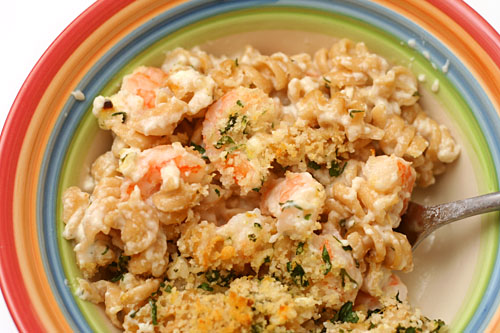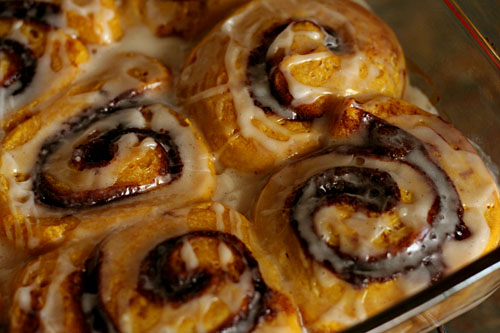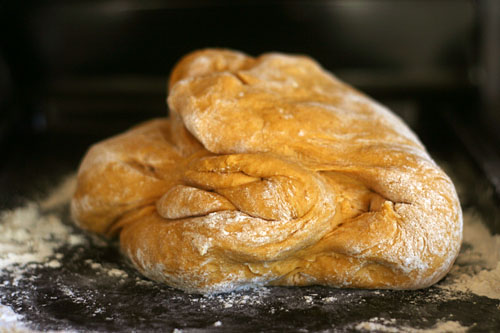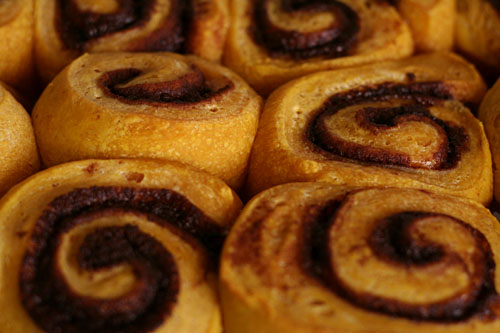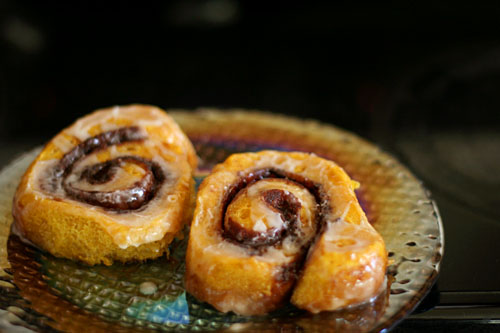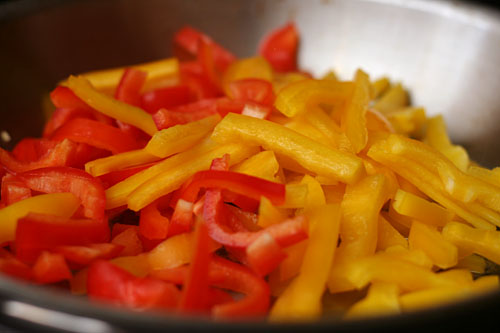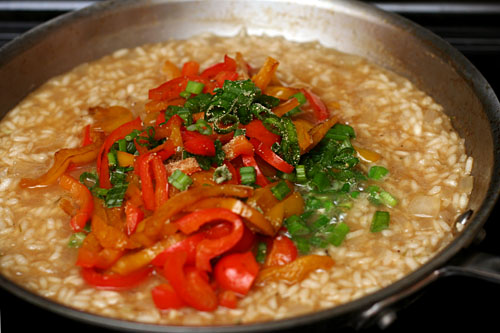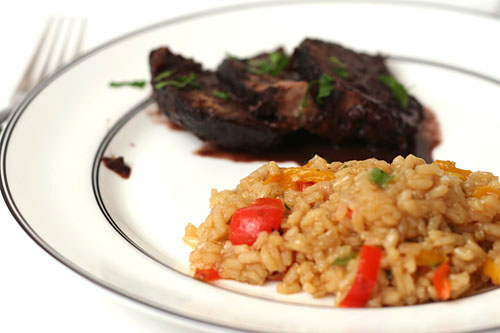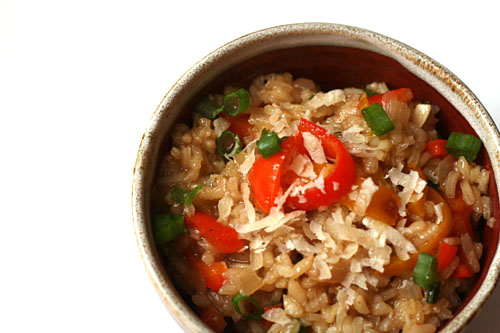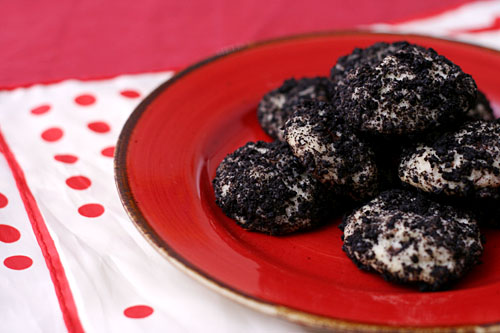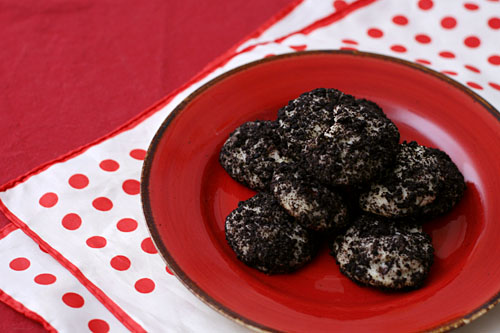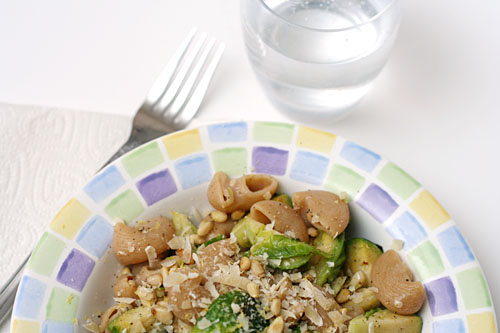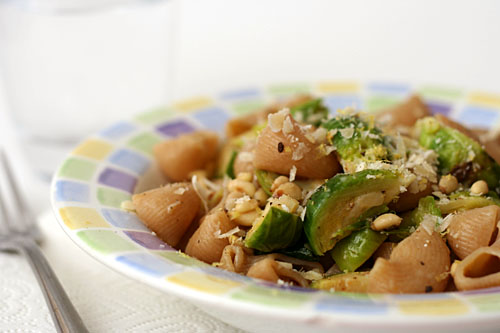I don’t need a new pound cake recipe, but my other pound cake recipe doesn’t have cream cheese in it. Besides, my coworkers are apparently nuts about pound cake. They look so unassuming (pound cakes, not my coworkers) – no frosting, no decorations, often not even a glaze – that I wouldn’t expect it, but both times I’ve brought one to work, it’s disappeared in minutes. (Unlike the delicious bran muffins that I brought in the first week of January, thinking they were the perfect compromise between the post-holiday temperance and a treat, that sat around unloved all day.)
This pound cake isn’t dramatically different from the other pound cakes I’ve made, particularly in flavor and, most importantly, in how crazy good the batter is. It is denser than my favorite recipe. That’s fine for a Bundt pan, but I think for a cake baked in a loaf pan, you’d want a higher dome.
Either way, pound cake! And more importantly, pound cake batter! I also stirred some white chocolate into the batter. It was hardly noticeable in the cake, but I did get to write “White Chocolate Cream Cheese Pound Cake” on the post-it next to the cake at work. Everyone knows that more adjectives means more enticing, so maybe that’s why it got grabbed up so quickly. Or maybe it’s just because pound cake, despite its plain looks, is soft and sweet and buttery and rich.
One year ago: How to adapt any bread recipe to be whole wheat
Two years ago: Orange Berry Muffins (and an experiment on spraying muffin tins)
Three years ago: Challah (although now I like this recipe better)
Printer Friendly Recipe
Cream Cheese Pound Cake (tweaked a bit from Smitten Kitchen, who adapted it from Staff Meals from Chanterelle)
I was tempted to substitute cake flour for the all-purpose flour, because I’ve found that it makes pound cakes lighter, but in the end, I stuck to the recipe.
Serves (at least) 10
24 tablespoons (3 sticks) unsalted butter, at room temperature
1 (8 ounce) package cream cheese, at room temperature
1 teaspoon salt
3 cups (21 ounces) granulated sugar
6 large eggs
1½ teaspoons pure vanilla extract
½ teaspoon almond extract
3 cups (14.4 ounces) all-purpose flour
1 cup chopped white chocolate (optional)
1. Preheat the oven to 325°F. Butter and flour a 10-inch tube pan or 12-cup Bundt pan.
2. Place the butter, cream cheese, and salt in a large bowl and beat with a mixer on medium speed until smooth. With the mixer running, gradually add the sugar, increase the speed to high, and beat until light and airy, at least 5 minutes. Add the eggs, one at a time, beating after each addition and scraping down the sides of the bowl with a rubber spatula as needed. Add the extracts, then the flour all at once. Beat on low speed just until incorporated. Stir in the chocolate, if using.
3. Pour the batter into the prepared pan, spreading it evenly. Bake until the cake is golden brown and a toothpick inserted in the center comes out clean, 60-75 minutes.
4. Place the pan on a wire rack and cool for 20 minutes, then remove the cake from the pan and let it cool completely. Serve at room temperature.

